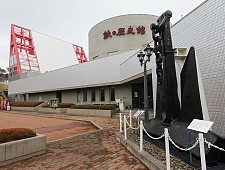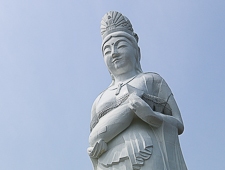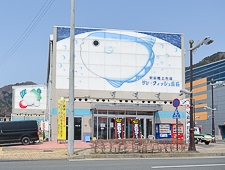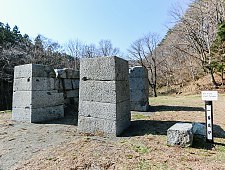Kamaishi
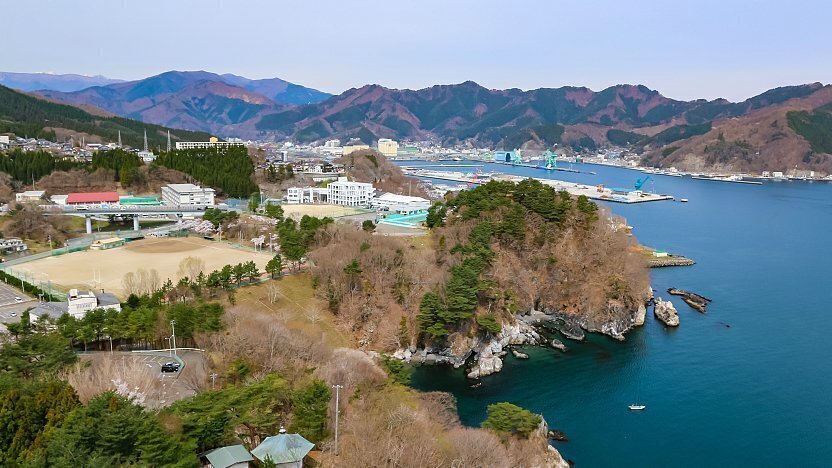
Kamaishi (ŖśÉ╬) is an important fishing and industrial city along the rugged Sanriku Coast in southeastern Iwate Prefecture. Known as the birthplace of Japan's modern iron industry, Kamaishi has been producing iron ore since the late Edo Period and is the site of the country's first Western style blast furnace which received world heritage status in 2015.
Later on, the Meiji Government consolidated Kamaishi's iron works and improved the infrastructure by upgrading the port facilities and constructing one of the country's earliest railroads, thereby creating what would become a cornerstone of the modern iron and steel industry in Japan.
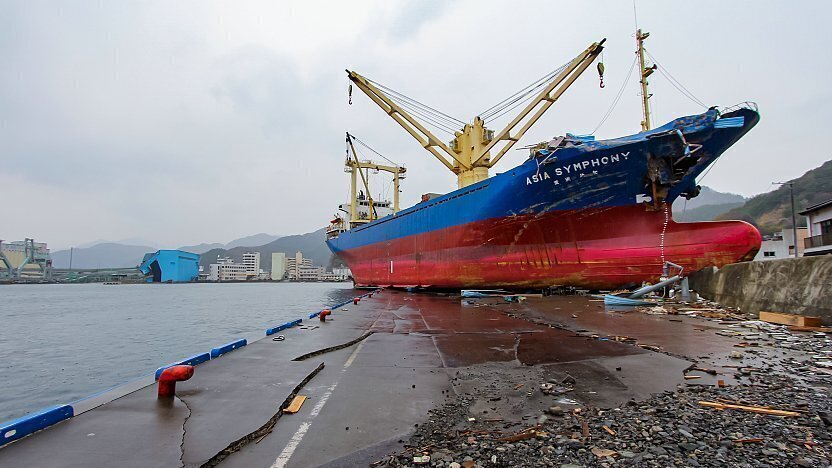
Kamaishi has been periodically hit by tsunami over the centuries, including the ones that struck the Sanriku Coast in 1896 and 1928. In March 2011, a 14 meter high tsunami swept over Kamaishi's recently completed tsunami breakwater and through the city's low-lying industrial districts, devastating the local fishing industry, depositing several large ships high and dry along the port and taking the lives of roughly one thousand people. Reconstruction efforts are ongoing, and tourist spots have reopened and are welcoming visitors.
Rugby has long been popular in the city of Kamaishi, and the Kamaishi Recovery Memorial Stadium, which was completed in 2018, served as one of the venues for the Rugby World Cup which was held in Japan in autumn 2019.
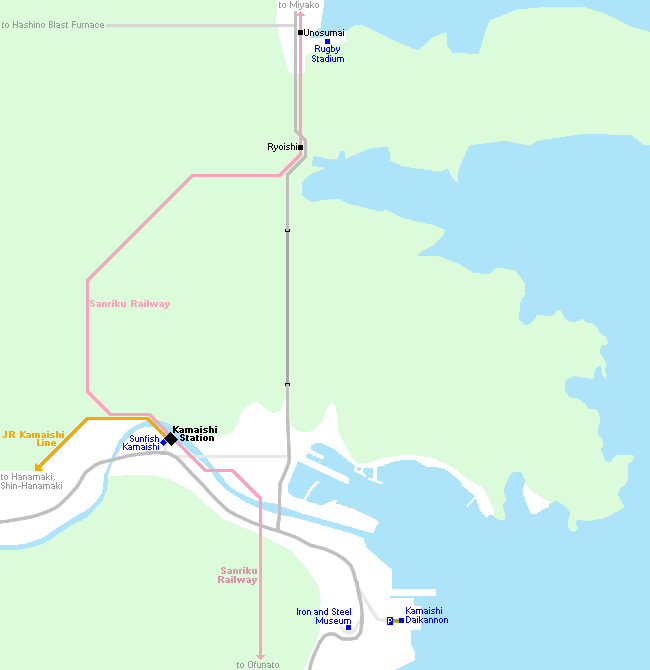
Central Kamaishi
Outside Kamaishi
Getting there and around
From Shin-Hanamaki Station along the JR Tohoku Shinkansen (3 hours, about 13,000 yen one way from Tokyo), take the JR Kamaishi Line to Kamaishi (90-120 minutes, 1690 yen one way, departures every 1-2 hours). The trip is covered by the Japan Rail Pass, JR East Tohoku Area Pass and JR East South Hokkaido Pass.
How to get to and around the Sanriku Coast
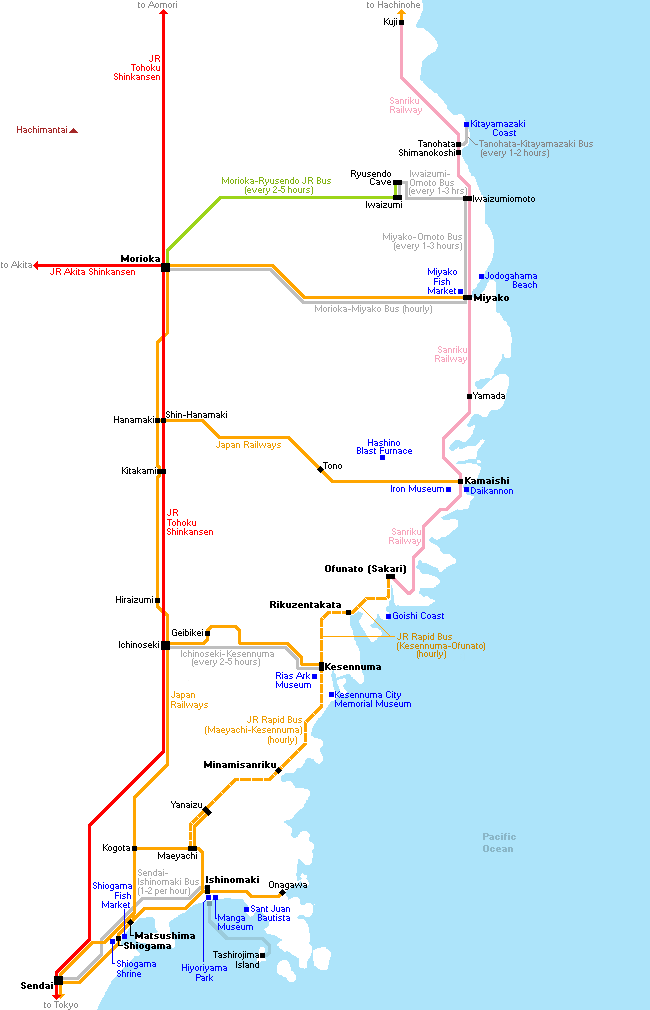
Questions? Ask in our forum.
